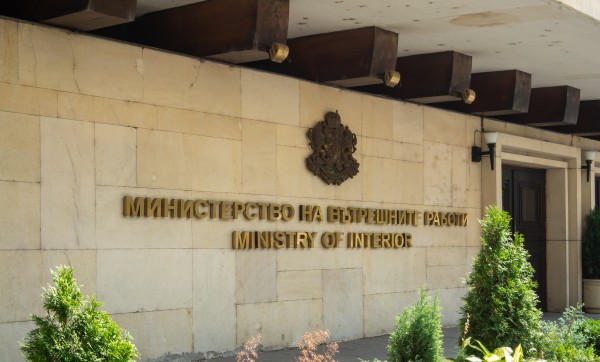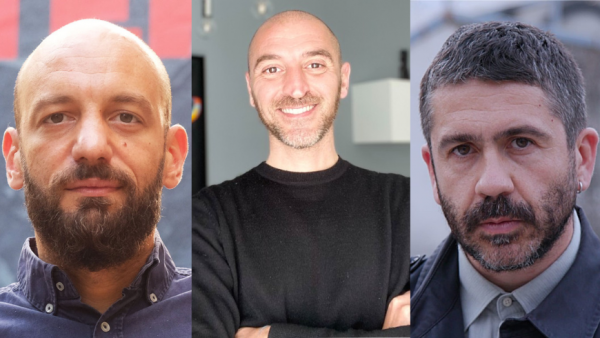The South East Europe Media Organisation (SEEMO), an affiliate of the International Press Institute (IPI), today expressed alarm at reports that an explosive device was detonated in front of the home of Montenegrin journalist Tufik Softic.
The device exploded on Sunday night outside Softic’s house in the town of Berane while he was at home with his family.
Softic works as a local correspondent for the Podgorica-based daily Vijesti.
Sunday’s incident was not the first attack on Softic. On Nov. 1, 2007 he was brutally beaten in front of his home by two unknown individuals. Authorities to this day have made no arrests in connection with the attack. Softic previously has published reports about criminal groups active in northern Montenegro.
SEEMO said it was especially worried that journalists and staff of Vijesti are regularly the targets of attacks and threats. In the summer of 2011, attackers torched four company cars belonging to Vijesti. All four of the vehicles – destroyed in three separate attacks – were clearly marked as cars of Vijesti.
Nearly one year earlier, Zeljko Ivanovic, one of Vijesti’s founders, and several other journalists received death threats by mail on Sept. 24, 2010.
On Aug. 5, 2009, the mayor of Podgorica and his son physically attacked Vijesti Editor Mihailo Jovovic and photojournalist Boris Pejovic as they documented the pair’s illegal parking in the town. Jovovic was treated in hospital for a head injury.
On Sept. 1, 2007, several assailants physically attacked Ivanovic near a restaurant where Vijesti was celebrating its 10th anniversary. Ivanovic was injured and received medical treatment. Although the perpetrators of the attack were identified, the masterminds remain at large.
“SEEMO strongly condemns the latest attack on Softic and is very worried about the reoccurrence of threats against Vijesti journalists”, SEEMO Secretary General Oliver Vujovic said. “I urge the authorities in Montenegro to do everything in their power to find the perpetrators in the case of Softic and in all past cases that remain unsolved, and to prevent such incidents from happening in the future.”


